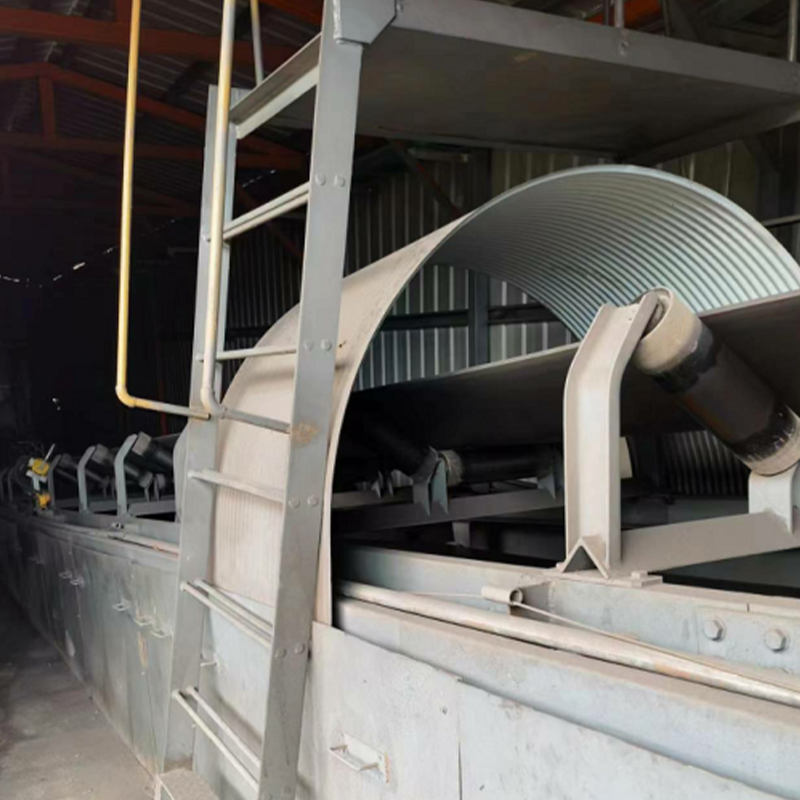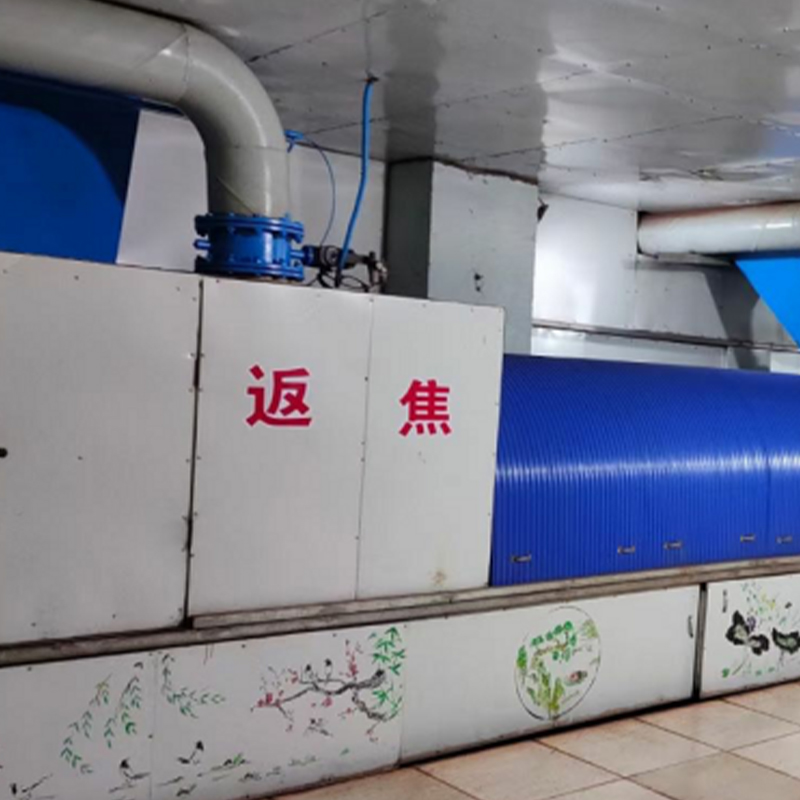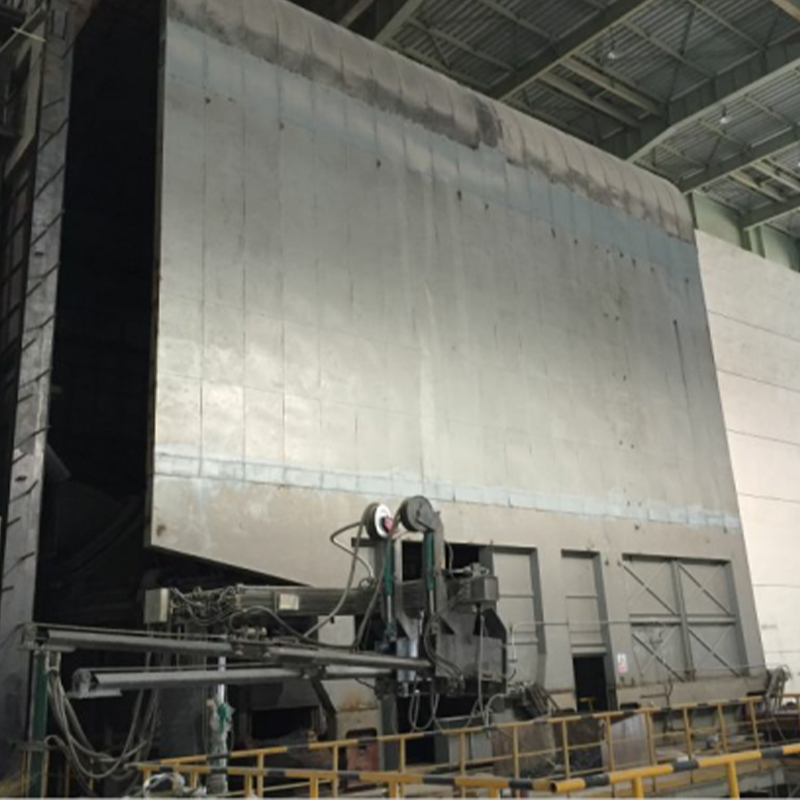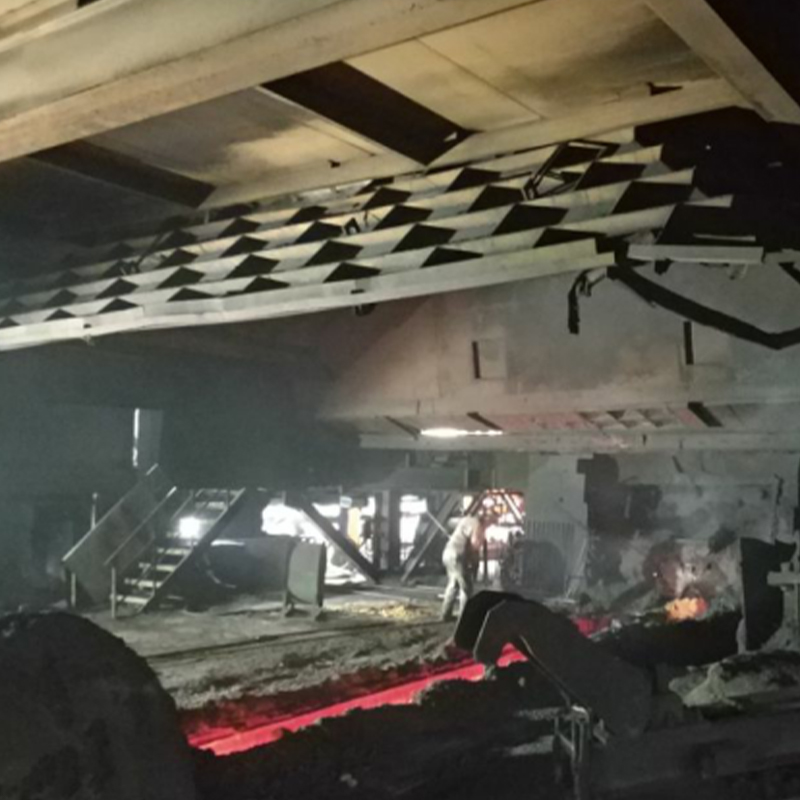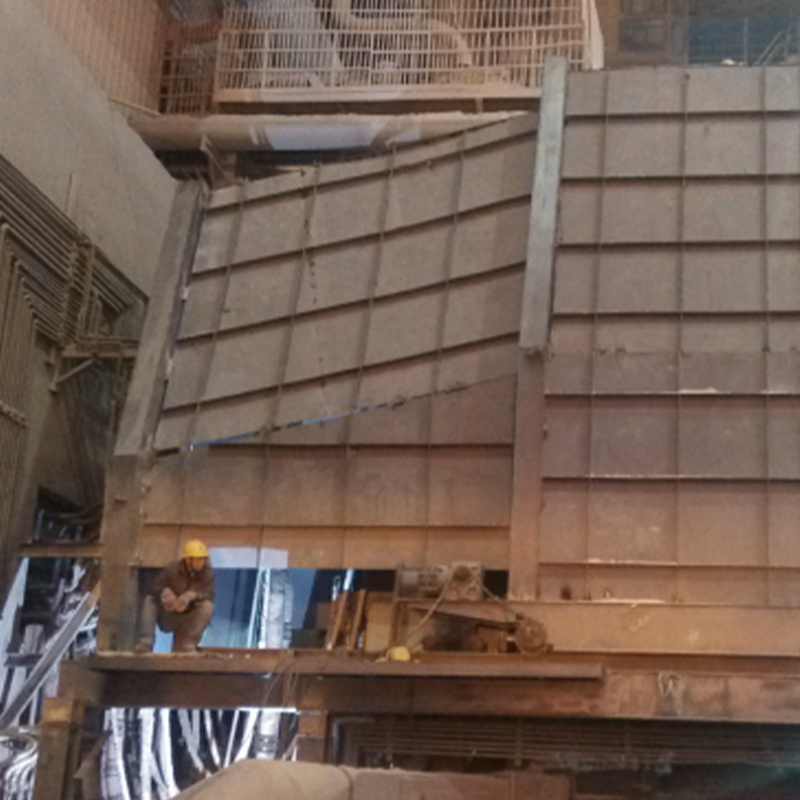Belt Enclosed Hood
CONTACT US-
How Do Modern Dust Control Systems Enhance Safety and Air Quality?
Introduction Industrial dust has long been a critical concern across sectors such as mining, construction, metal processing, and manufacturing. The inhalation of dust particles, particularly fine particulate matter, may lead to respiratory illnesses, reduced workforce efficiency,...
-
A Comprehensive Guide to Maintaining and Optimizing Dust Control Systems
Introduction In industrial operations, maintaining air quality and minimizing particulate matter is critical for ensuring both environmental compliance and worker safety. A dust control system serves as a cornerstone for achieving these objectives. From heavy manufacturing facili...
-
What Is a Dust Control System? Key Functions and Industry Applications Explained
Introduction A dust control system is a critical solution in industrial and commercial environments to manage and mitigate airborne particulate matter. With increasing awareness of occupational health, environmental regulations, and operational efficiency, industries are adopting...
How can we achieve customized design and efficient application of belt-enclosed hoods?
Customizing belt-enclosed hoods requires careful consideration of the specific material conveying scenarios, environmental requirements, and equipment compatibility. We oversee the entire process, from structural design and material selection to installation techniques and performance optimization. This ensures the hood effectively collects dust and fumes while adapting to the dynamic characteristics of the belt's operation, while also ensuring ease of installation and efficient ongoing maintenance. Anhui Tiankang Environmental Technology Co., Ltd., a high-tech enterprise, leverages its extensive technical expertise and project experience in the environmental protection field to provide one-stop customized services, from design to operation and maintenance, to meet the individual needs of diverse operating conditions.
1. Customized Core Structure Design
The structural design of the belt-enclosed hood must focus on "sealing efficiency" and "operational compatibility," optimizing it based on the conveyor belt's parameters and material properties.
Adaptive Design of the Hood and Frame: The hood frame, serving as the core support, must be sized based on the belt width, conveying capacity, and installation space. It should be welded from angle steel or square tubes to ensure rigidity while reducing weight. The hood adopts an arc-shaped or rectangular structure, covering key areas of the belt conveyor. Its length must extend beyond the range of material splashing or fume diffusion, typically extending 1-2 meters before and after the belt receiving point to achieve fully enclosed collection.
Flexible side connection design: The flexible connection is a key component that balances sealing and belt operation safety. It is made of high-temperature and wear-resistant canvas or silicone. Allowance for expansion and contraction is reserved based on the mid-belt sinking height to prevent hard contact between the belt and the hood during operation.
Precise layout of interfaces and collection pipes: The interfaces connecting each discharge port must align with the drop point of the belt conveyor, using flanges or quick-release structures to ensure a sealed connection with the discharge port. The collection pipe diameter is designed based on the fume volume and flow rate, and the pipe slope is used to prevent material accumulation. It is ultimately connected to the dust removal system for centralized treatment.
2. Dynamic Adaptation Solution Based on Belt Parameters
The core of Anhui Tiankang Environmental Technology Co., Ltd.'s customized belt-enclosed hoods lies in "dynamic adaptation." Structural details are adjusted according to the physical parameters and operating conditions of the belt to ensure long-term stable operation. Customize coverage based on belt width: The hood's horizontal width must be 300-500mm larger than the belt width, with ample space on both sides reserved for flexible joints and maintenance access.
Flexible adjustment of belt drop height: When conveying materials, the belt's center section will drop due to load. The hood must adapt to this change through the elastic expansion and contraction of the flexible joints. During design, the maximum drop is calculated through on-site measurements or based on the belt's load-bearing characteristics to ensure the flexible joints maintain a seal under both tension and compression, preventing smoke from escaping through gaps.
Adjust installation to accommodate the receiving point height: The hood frame's support height is adjusted based on the belt's receiving point's height above the ground. Adjustable legs or bolted connections are used, allowing for a ±100mm height tolerance. This ensures precise positioning of the hood relative to the belt, reducing on-site cutting and welding during installation.
3. Modular installation process and improved efficiency
The installation of a belt-enclosed hood must balance sealing and ease of use. Modular design and standardized processes reduce on-site construction time and minimize production disruptions. Prefabricated support frame for quick installation: During installation, the prefabricated collection hood support frame is first welded to the receiving belt support frame. A symmetrical welding method is used to minimize deformation, ensure the support frame's verticality and horizontality, and provide a stable foundation for subsequent hood installation.
Flexible segmented production and installation: The hood features a segmented design for easy transportation and lifting. Flanges or bolts are used for on-site connection, and sealing strips are installed at the joints of each segment to ensure a complete seal. For extra-long belts, installation can be performed in sections from the center toward the ends to avoid alignment difficulties caused by cumulative errors.
Easy installation and replacement of flexible joints: The flexible joints are connected to the angle steel flanges on the sides of the hood via pressure plates. The spacing between the pressure plates is controlled at 150-200mm to ensure uniform force distribution. Slip bolts are used for easy removal and replacement. During installation, the tightness of the flexible joints should be adjusted to ensure a natural droop when the belt is stationary and no excessive stretching during operation, ensuring a balanced seal and safe operation. 4. Full Lifecycle Service and Optimization
Anhui Tiankang Environmental Technology Co., Ltd. provides comprehensive services, from initial design to ongoing maintenance, to ensure the long-term, stable operation of the enclosure and continued compliance with environmental protection requirements.
Customized Solution Design: Based on the customer's provided belt parameters (width, speed, conveying volume), material characteristics (temperature, particle size, corrosiveness), and on-site space layout, we provide a one-on-one solution design. 3D modeling is used to simulate the installation effect and prevent interference issues in advance.
Installation and Commissioning Support: A professional technical team is dispatched to provide on-site installation guidance, conduct airtightness testing, and perform negative pressure commissioning to ensure stability when integrated with the dust removal system.
Continuous Maintenance and Upgrades: We establish customer records and conduct regular follow-up visits to check flexible joint wear, bolt tightness, and sealing effectiveness. We also provide enclosure modification solutions based on environmental standards upgrades to ensure long-term compliance with emission requirements.



 English
English Français
Français عربى
عربى 简体中文
简体中文


